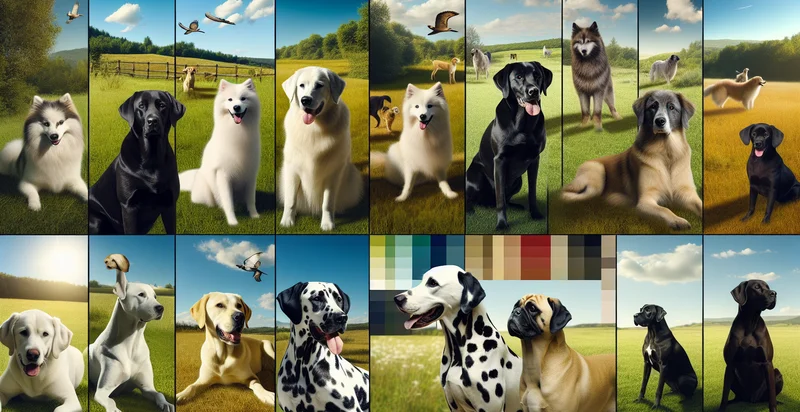Identify dog environment
using AI
Below is a free classifier to identify dog environment. Just upload your image, and our AI will predict the environment in which the dog is located - in just seconds.

Contact us for API access
Or, use Nyckel to build highly-accurate custom classifiers in just minutes. No PhD required.
Get started
import nyckel
credentials = nyckel.Credentials("YOUR_CLIENT_ID", "YOUR_CLIENT_SECRET")
nyckel.invoke("dog-environment", "your_image_url", credentials)
fetch('https://www.nyckel.com/v1/functions/dog-environment/invoke', {
method: 'POST',
headers: {
'Authorization': 'Bearer ' + 'YOUR_BEARER_TOKEN',
'Content-Type': 'application/json',
},
body: JSON.stringify(
{"data": "your_image_url"}
)
})
.then(response => response.json())
.then(data => console.log(data));
curl -X POST \
-H "Content-Type: application/json" \
-H "Authorization: Bearer YOUR_BEARER_TOKEN" \
-d '{"data": "your_image_url"}' \
https://www.nyckel.com/v1/functions/dog-environment/invoke
How this classifier works
To start, upload your image. Our AI tool will then predict the environment in which the dog is located.
This pretrained image model uses a Nyckel-created dataset and has 20 labels, including Apartment, Backyard, Beach, Campground, Car, Cottage, Dog Daycare, Dog Park, Farm and Fenced Yard.
We'll also show a confidence score (the higher the number, the more confident the AI model is around the environment in which the dog is located).
Whether you're just curious or building dog environment detection into your application, we hope our classifier proves helpful.
Related Classifiers
Need to identify dog environment at scale?
Get API or Zapier access to this classifier for free. It's perfect for:
- Pet Adoption Platforms: The 'dog environment' identifier can be used by pet adoption websites to ensure that potential adopters have an appropriate environment for dogs. By analyzing user-uploaded images of their homes or yards, the function can help identify any potential risks or unsuitability, promoting responsible pet ownership.
- Dog Training Facilities: Training centers can utilize the function to assess potential training environments of their clients. By classifying an environment as suitable or not for dog training, facilities can offer personalized recommendations and tailor their programs to better fit the needs of each dog and owner.
- Real Estate Listings: Real estate agents can implement this function in property listings to promote homes that are ideal for dog owners. By showcasing environments labeled as dog-friendly, agents can attract a specific market segment looking for homes that provide ample space and safety for pets.
- Dog Products Marketing: Companies specializing in dog products can use the identifier to target their advertising more effectively. By analyzing user-generated content and classifying environments, marketing teams can identify key demographics and areas with high concentrations of dog owners, optimizing ad placement and marketing strategies.
- Dog-Friendly Travel Services: Travel companies can leverage the function to curate dog-friendly vacation packages or accommodations. By evaluating images from vacation sites, they can ensure the environment provides necessary amenities for dogs, enhancing the travel experience for pet owners.
- Insurance Businesses: Insurance companies can incorporate the 'dog environment' identifier to assess risk levels in client environments for pet insurance policies. By analyzing the suitability of the surroundings, they can better tailor policies and premiums based on a client’s specific dog environment.
- Smart Home Systems: Smart home technology providers can integrate this function into their devices to offer customized solutions for dog owners. By identifying and classifying the environment, the smart system can provide or suggest features such as safety locks, pet cameras, or temperature controls that cater specifically to enhancing the lives of pets and their owners.


